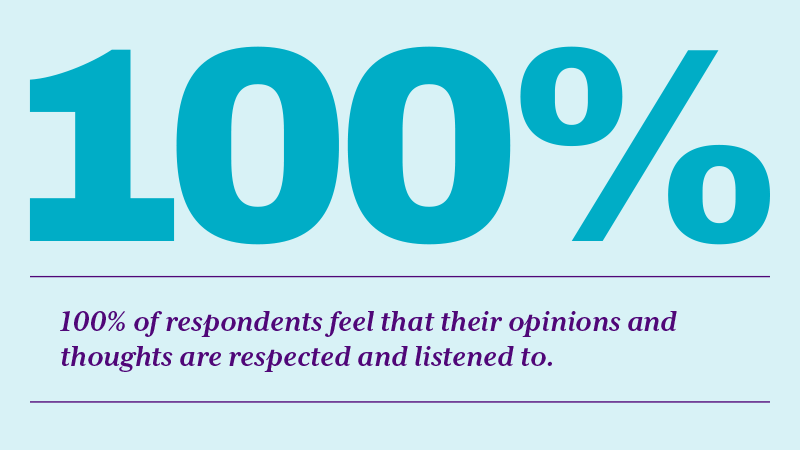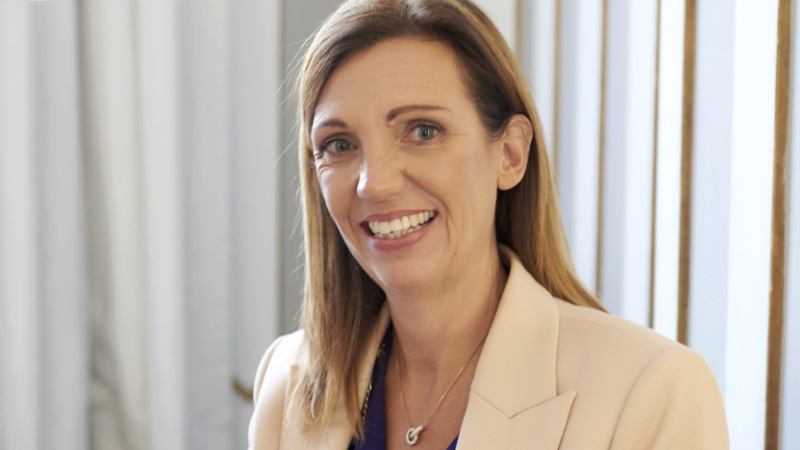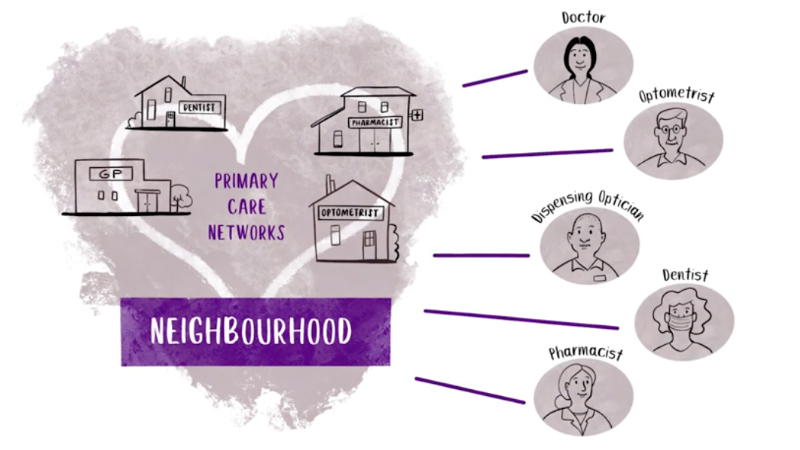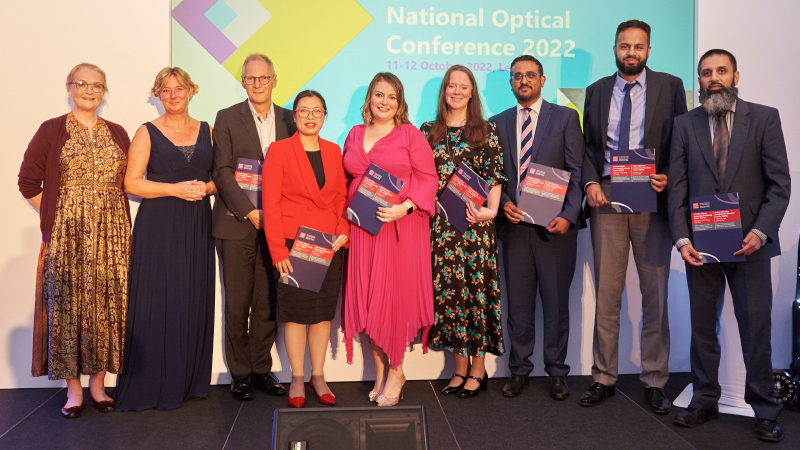Equality, Diversity and Inclusion Report
Much to Welcome and Work to Do

Like all NHS bodies, LOCs are bound by the NHS constitution to provide high-quality eyecare that meets the needs of all patients, irrespective of background. In 2022, LOCSU commissioned an LOC EDI research project to explore the extent to which EDI is embedded within LOC practice and to identify areas for improvement.
“In conducting an academically rigorous review of EDI performance we can establish a benchmark, celebrate areas of strength, and proactively work to address weaknesses.”
Janice Foster, LOCSU CEO
LOCSU CEO, Janice Foster, expands on the rationale for undertaking the research: “As formal bodies established by statute, LOCs have an inherent responsibility to support all NHS primary eye care contractors and performers equally. With EDI increasingly at the forefront of NHS planning and priorities, LOCs must lead the way in upholding the highest standards. In conducting an academically rigorous review of EDI performance we can establish a benchmark, celebrate areas of strength, and proactively work to address weaknesses.”
LOCSU commissioned Farah Awan, BOptom, MCOptom, MPA to conduct this independent research, culminating in the compilation of this report and Farah’s professional recommendations. Farah is a member of the NHS London Workforce Race Equality Standard (WRES) working group and is committed to improving and implementing EDI across the optical workforce. She is an editorial board member for Acuity, a College of Optometrists facilitator, and visiting Associate Lecturer at ARU.
The study used the nine protected characteristics listed in the Equality Act 2010 as its foundation, exploring how these are represented in the composition of LOCs, and how EDI is promoted at committee level. It was conducted via an electronic survey that was distributed to all LOCs in summer 2022. Two hundred and five responses were received.
Key positive findings of the study included:
- 94.6% of LOC members do not experience any barriers to joining their LOC
- 96.1% have not experienced any form of harassment, negativity or microaggressions for fellow committee members
- 100% of respondents feel that their opinions and thoughts are respected and listened to
Areas of concern included:
- 21.5% of LOC members do not feel that their LOC is representative of its contractors and performers.
- 25.8% of LOC members for not feel their committee is representative of the local population
Recommendations
In response to the data revealed in the survey responses, Farah Awan made a series of recommendations. These include but are not limited to:
Removing barriers to joining an LOC as a consequence of background: the study revealed that those not married or in a civil partnership said having children was a barrier to LOC membership. LOCs should consider the timing of meetings and potential for hybrid options to support single parents.
Supporting diverse leadership: the data showed that there is underrepresentation BAME groups in LOCs, particularly people who are Black or Chinese, when data is compared with optical and health sector data pertinent to LOCs. LOCs are advised to encourage people of all backgrounds to join LOCs and particularly stand for leadership positions. They are also encouraged to access locality EDI data to ensure LOC members reflect populations, contractors and performers.
Employing diversity and inclusion when making decisions that affect committee members: 84% of committee members surveyed agree that diversity and inclusion are employed when making decisions that affect other committee members, but one third of those under 35 and members who are LGBTQ+, and a quarter of those with children feel this is not the case. LOCs are advised to create a diversity subcommittee that creates the opportunity for discourse and engagement with all committee members with emphasis on those under 25, LGBTQ+ members and those with children to support them.
Encouraging diverse committees for inclusive patient outcomes: while 83% of LOC members agree that D&I are employed when making decisions that affect local populations, a quarter of people without children and 43% of those under 35 disagree. LOCs should create a diversity subcommittee to evaluate the impact of decision-making on local populations and ensure hard to reach groups are able to access services.
Encouraging younger members to take on more roles: 34% of GOC registrants are under-35, but only 10% of respondents were, and these respondents’ views often diverged from general trends. LOCs are advised to engage actively with members of the under-35 age group to understand the reasons for their concerns.
LOCSU CEO Janice Foster said: “We are grateful to all the LOC members who took part in the research. It will form the foundation of further work in LOCSU to help LOCs further improve EDI and implement the recommendations. Ensuring that primary eyecare is delivered fairly, equitably, inclusively and accessibly is central to LOC responsibilities, and we hope this research activity will prove helpful in prompting consideration of EDI across the scope of LOC decision-making.”



